Click on images to enlarge
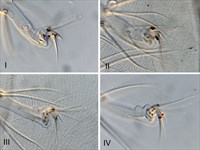
Fig. 1. Tetranychus fijiensis adult female (non-type, Australia) - detail of empodia I-IV.
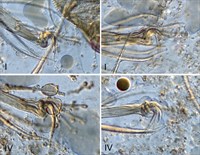
Fig. 2. Tetranychus fijiensis adult female (non-type, The Philippines) - detail of empodia I-IV.
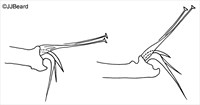
Fig. 3. Tetranychus fijiensis adult female - detail of empodia.
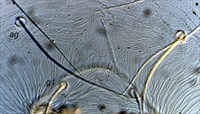
Fig. 4. Tetranychus fijiensis adult female (non-type, Australia) - detail of pattern of pregenital striae.
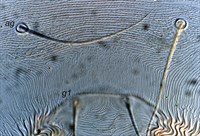
Fig. 5. Tetranychus fijiensis adult female (non-type, Australia) - detail of pattern of pregenital striae.

Fig. 6. Tetranychus fijiensis adult female (non-type, The Philippines) - detail of pattern of pregenital striae.
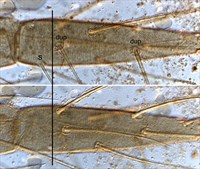
Fig. 7. Tetranychus fijiensis adult female (non-type, The Philippines) - detail of tarsus I indicating that no sockets of tactile setae are proximal to the proximal duple seta (dorsal view above, ventral view below).
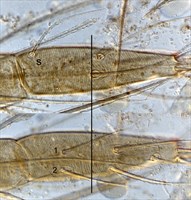
Fig. 8. Tetranychus fijiensis adult female (non-type, The Philippines) - detail of tarsus II indicating the sockets of two tactile setae are proximal to the proximal duple seta (dorsal view above, ventral view below).

Fig. 9. Tetranychus fijiensis adult female - detail of peritreme tip.
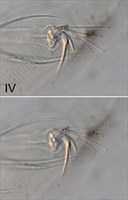
Fig. 10. Tetranychus fijiensis adult male (non-type, Australia) - detail of empodium IV (one individual, different focus).

Fig. 11. Tetranychus fijiensis adult male (non-type, The Philippines) - detail of empodia I, III, IV.
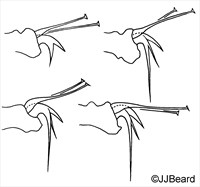
Fig. 12. Tetranychus fijiensis adult male - detail of empodia I-IV.

Fig. 13. Tetranychus fijiensis adult male - detail of tarsus I.
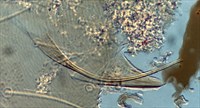
Fig. 14. Tetranychus fijiensis adult male (non-type, The Philippines) - detail of aedeagus.
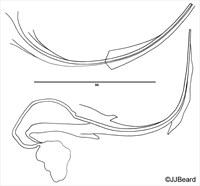
Fig. 15. Tetranychus fijiensis adult male - detail of aedeagus.
Material examined
non-types
Taxonomy
Subfamily Tetranychinae
Tribe Tetranychini
Common Name
None
Distribution
+Australia, Carolina Islands, *Fiji, Hainan Island, India, Kiribati, Malaysia, Mariana Islands, Marshall Islands, New Caledonia, Papua New Guinea, Philippines, Seychelles, Taiwan, Thailand.
The only known specimens of Tetranychus fijiensis from Australia were collected in 1992, from from Plumeria sp. (Apocynaceae), Areca catechu (Arecaceae) and Ptychosperma macarthurii (Arecaceae) in Darwin, Northern Territory. No further specimens have been collected to date.
Taxonomy Changes
Tetranychus fijiensis Hirst 1924
Pritchardina fijiensis (Hirst) Rimando 1962
Tetranychus fijiensis Hirst, Manson 1963
Diagnosis
Female
- empodia I-IV with obvious dorsal spur above proximoventral hairs (Figs 1-3)
- empodia I-IV with only two (instead of three) pairs of proximoventral hairs, with lower hairs significantly longer than upper hairs (Figs 1-3)
- pregenital striae longitudinal but with region of broken striae anteriomedially (Figs 4-6)
- tarsus I with the sockets of zero tactile setae proximal to, and sockets of two tactile setae overlapping, the proximal duplex seta (Figs 7, 8)
- peritreme with short recurved hook (Fig. 9)
- orange-red in colour; eggs purple
Male
- empodia I-IV with obvious dorsal spur, above proximoventral hairs (Figs 10-12)
- empodium I uncinate with proximoventral hairs fused into a ventral claw (Figs 10-12)
- empodia II-IV as in female, with two pairs of proximoventral hairs, lower pair much longer than upper (Figs 10-12)
- tarsus I with sockets of zero tactile setae (and three solenidia) proximal to, and two tactile setae overlapping, the socket of the proximal duplex seta (Fig. 13)
- aedeagus directed dorsally, without knob; not sinuous but curving dorsally, elongate and tapered to narrow truncate tip (Figs 14, 15)
Hosts
Relatively few host plant species have been recorded, including: Actinophloeus macarthurii, Areca catechu (Arecaceae), Carica papaya (Caricaceae), Citrus medica, C. paradisi, C. reticulata, Citrus sp. (Rutaceae), *Cocus nucifera (Arecaceae), Cyrtosperma chamissonis, Dieffenbachia picta, Dieffenbachia sp. (Araceae), Disoxylum bijugum (Meliaceae), Latania sp. (Arecaceae), Morus alba (Moraceae), Plumeria spp. (Apocynaceae), Prunus persica (Rosaceae), Ptychosperma macarthurii, Ptychosperma sp. (Arecaceae), Pyrus communis (Rosaceae), Seaforthia sp. (Arecaceae)
Biology
Females are orange-red, and nymphs are pale yellow to green. Newly laid eggs are light purple becoming purple (Daniel 1977).
Tetranychus fijiensis is known as a pest of palm trees, as indicated by the host list. The mites are common on coconut in India (Gupta & Gupta 1994), and are most abundant in early summer and mid-autumn, reaching densities of 5-6 mites per leaflet (Sarkar & Somchoudhury 1989). On betelnut, they are most abundant in summer (Daniel 1977). Gerson (2003) records the species as a minor pest of citrus.
References
Bolland, H.R., Gutierrez, J. and Flechtmann, C.H.W. (1998) World catalogue of the spider mite family (Acari: Tetranychidae). Brill Academic Publishers, Leiden, 392 pp.
Daniel, M. (1977) The spidermite Tetranychus fijiensis Hirst on the betelnut palm. Acarologia 19:220-221
+Flechtmann, C.H.W. and Knihinicki, D.K. (2002) New species and new record of Tetranychus Dufour from Australia, with a key to the major groups in this genus based on females. Australian Journal of Entomology 41:118-127
Gerson, U. (2003) Acarine pests of citrus: overview and non-chemical control. Systematic and Applied Acarology 8:3-12
Gupta, S.K. and Gupta, Y.N. (1994) A taxonomic review of the Indian Tetranychidae (Acari: Prostigmata) with descriptions of new species, re-descriptions of known species and keys to genera and species. Memoirs of the Zoological Survey of India 18:1-196
*Hirst, S. (1924) On some new species of red spider. Annals and Magazine of Natural History (ser. 9) 14:522-527
Manson, D.C.M (1963) Mites of the families Tetranychidae and Tenuipalpidae associated with citrus in South East Asia. Acarologica 5:351-364
Rimando, L. (1962) The tetranychoid mites of the Philippines. University of Philippines College of Agriculture Technical Bulletin 11:1-52
Sakar, P.K. and Somchoudhury, A.K. (1989) Influence of major abiotic factors on the seasonal incidence of Raoiella indica and Tetranychus fijiensis on coconut. In: Progress in Acarology, Vol. 2 (Eds Channabasavanna, G.P. and Viraktamath, C.A.). Oxford & IBH Publishing Co. Pvt Ltd, New Dehli, pp. 59-65.
Copyright © 2018. All rights reserved.